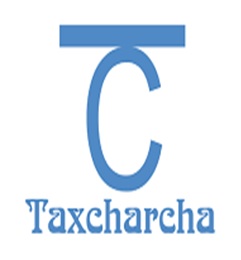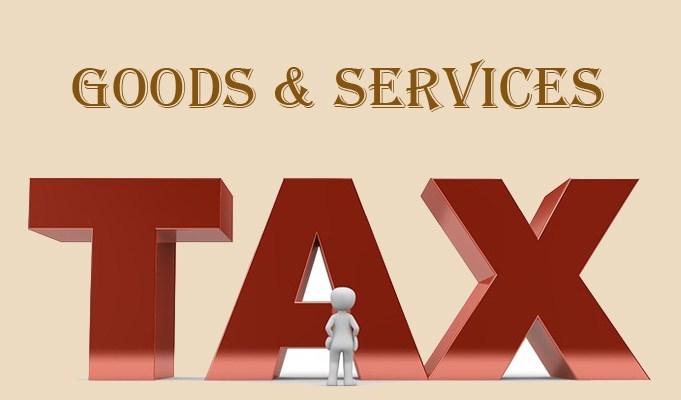In a simplified payment process under the goods and services tax (GST) okayed by a group of ministers (GoM) recently, taxpayers won’t need to file returns, making compliance easy.
In a simplified payment process under the goods and services tax (GST) okayed by a group of ministers (GoM) recently, taxpayers won’t need to file returns, making compliance easy.
According to sources, under the new model, the IT system run by the GST Network (GSTN) will produce monthly returns based on supply data uploaded and inward supplies accepted. According to a model that is to be considered by the GST Council on May 4, there will be a facility for sellers to continuously add invoices and for buyers to view them. The system could allow the buyer to lock the invoice after which seller can’t edit/delete it, making it a confirmed liability of the seller.
Importantly, the GoM-approved model doesn’t rely on automatic invoice-matching by the IT system. Instead, invoice-matching, which is crucial to check tax evasion, would be done through a ‘semi-automatic’ credit reconciliation process. The system will periodically, say quarterly, generate a list of suppliers defaulting on tax payment and the tax man could focus on them. If a supplier doesn’t pay the tax even after action taken by the tax man, the buyers will face reversal of input tax credit or ITC. To reduce the risk to compliant taxpayers, “high-risk” assessees will be identified so that instances of credit reversal are minimised. The system would try to ensure credit flow from high-risk suppliers by making them deposit advanced tax.
The proposed model, the sources added, would still encourage businesses to choose tax-complaint suppliers over others by ensuring full and prompt use of ITC and resultant lower tax liability in transactions with a compliant unit. A key feature of the triplicate-returns model mooted earlier — which has never been implemented fully and stands suspended indefinitely — was the incentive for keeping both inward and outward supplies in the tax chain.
The new model is a fusion of the two systems proposed after the original design failed to take off due to its cumbersomeness. While a committee of tax officials recommended a system where credits could be given on a provisional basis to a taxpayer on the basis of self-declared invoices, the GoM thought this could be potential revenue risk. The model mooted by Infosys chairman Nandan Nilekani also was to be hassle-free for taxpayers as it involved system-generated returns (rather than filed by assessees), but the ministers’ panel again felt that it lacked a provision for reversal of credit in cases where excess/undeserved credits are taken.
However, tax experts have doubts about the new model cleared by the GoM as well. They say that blockage of ITC till the buyer accepts the invoice could be a problem for businesses as it involves cost and a change in business practices. “A company that has multiple verticals engaged in procurement will find it difficult to designate a person solely responsible for accepting invoices on a daily basis,” said Rajat Mohan, partner at AMRG & Associates. He added that even a small business may need a full-time employee to verify and accept continuously uploaded invoices.
Source – Financial Express

